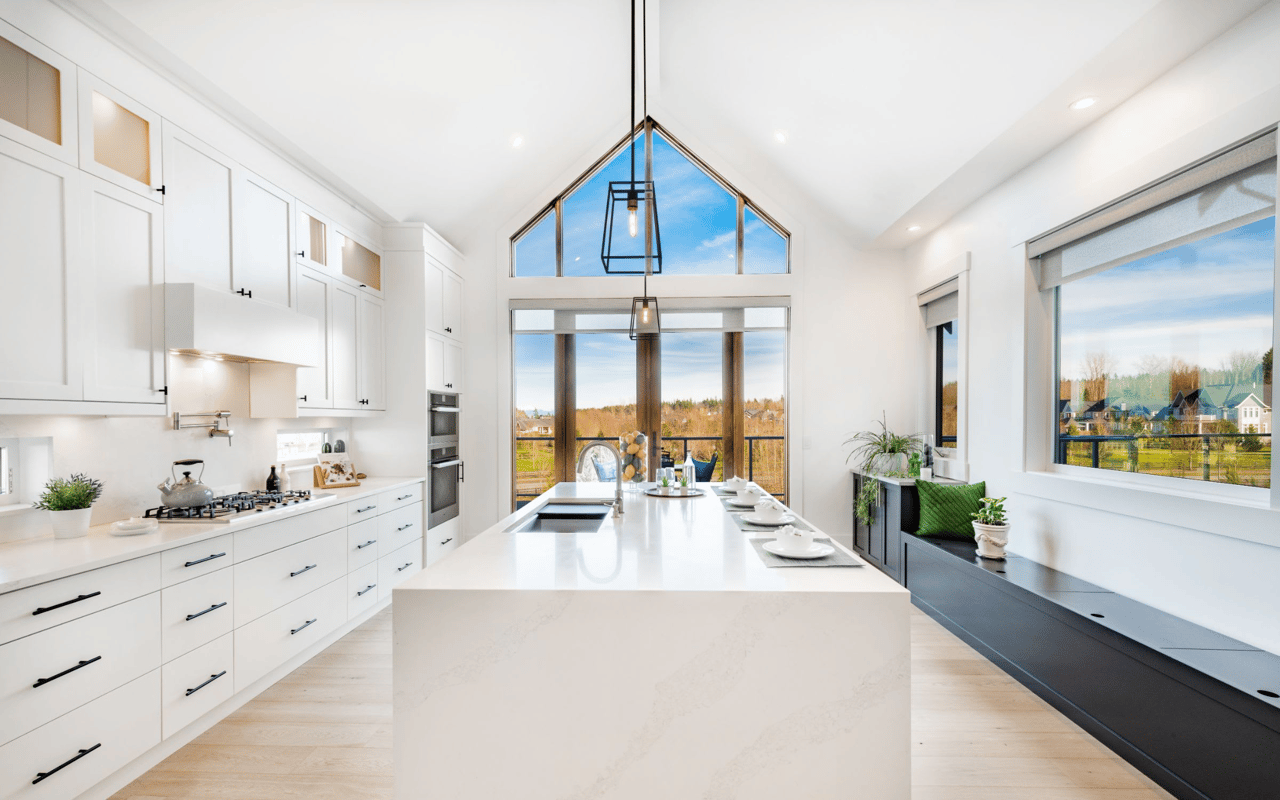Buying your first home is an exciting milestone, but it often comes with the challenge of saving for a down payment. This initial financial hurdle can seem daunting, but with careful planning and dedication, you can turn your dream of homeownership into a reality. In this post, we’ll provide a few practical tips on saving for a down payment.
1. Set a Realistic Savings Goal
The first step in saving for a down payment is to determine how much you need. Traditional down payments typically range from 3% to 20% of the home’s purchase price, but the exact amount can vary depending on your lender and the type of mortgage you choose. Calculate the down payment amount you’ll need and set a realistic savings goal based on your budget and timeline.
2. Create a Budget
A budget is your financial roadmap to achieving your savings goal. Start by tracking your monthly income and expenses. Identify areas where you can cut back and allocate those savings to your down payment fund. Remember that every dollar counts, so consider making small sacrifices like cooking at home more often or canceling unnecessary subscriptions.
3. Open a Dedicated Savings Account
Separate your down payment savings from your regular accounts by opening a dedicated savings account. This helps you keep track of your progress and prevents you from spending the money on non-essential purchases. Consider using a high-yield savings account to earn some interest on your savings.
4. Automate Your Savings
One of the most effective ways to save consistently is to set up automatic transfers from your checking account to your down payment savings account. This ensures that you always contribute to your goal without the temptation to spend the money elsewhere.
5. Increase Your Income
Boosting your income can significantly accelerate your savings process. Look for opportunities to earn extra money, such as taking on a part-time job, freelancing, or selling items you no longer need. Consider putting any windfalls, like tax refunds or work bonuses, directly into your down payment fund.
6. Reduce Debt
High-interest debts, such as credit card balances, can hinder your ability to save for a down payment. Prioritize paying off your debts to free up more money for savings. Start with the highest interest-rate debts first, as this will save you the most money in the long run.
7. Explore Down Payment Assistance Programs
Many first-time homebuyers qualify for down payment assistance programs offered by government agencies or non-profit organizations. These programs provide grants or low-interest loans to help with your down payment. Research the options available in your area to see if you qualify.
8. Be Patient and Persistent
Saving for a down payment is a marathon, not a sprint. It may take time to reach your goal, but the financial stability and future investment in homeownership are worth the effort. Stay persistent, even when obstacles arise, and remember the long-term benefits.
Saving for a down payment as a first-time homebuyer requires discipline and commitment, but it’s a crucial step toward achieving your homeownership dreams. By setting a realistic goal, creating a budget, and following these practical tips, you can build a solid foundation for your financial future and make that dream home a reality. Start today, and watch your savings grow as you embark on the exciting journey to becoming a homeowner.
As always, TKRE Group Inc. is here to help you navigate your home-buying journey. If you are ready to move forward or need more information,
schedule a consultation with one of our agents today.


